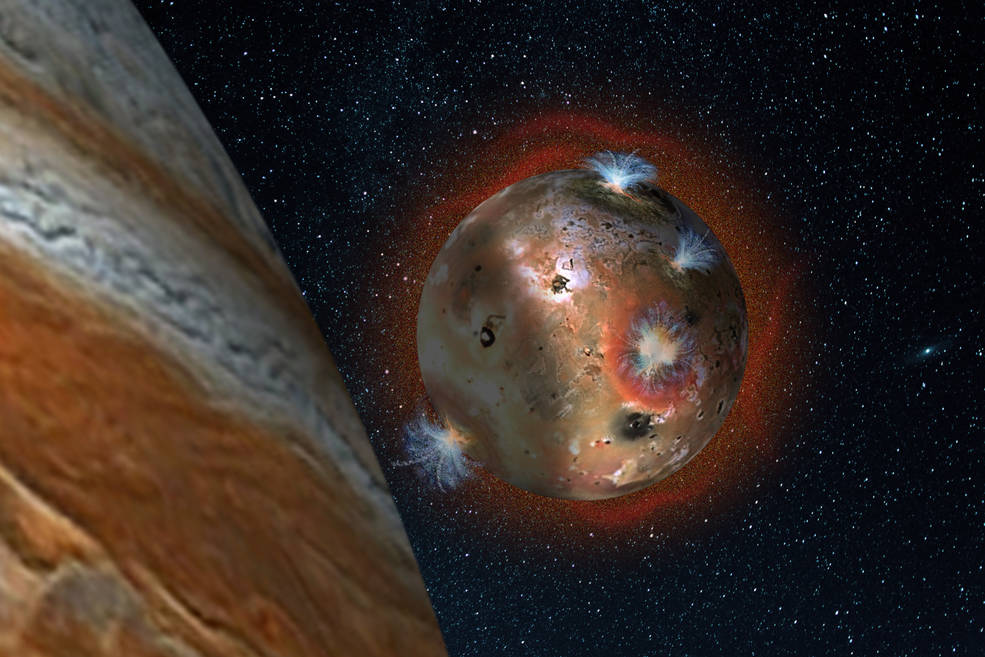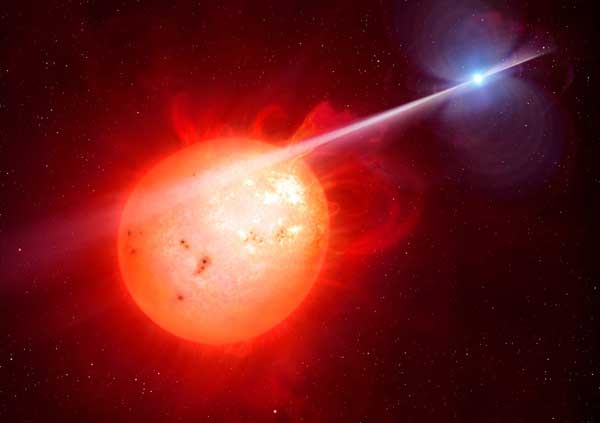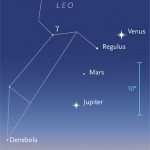- Curiosity gets a new AI system
- Supernova that exploded TWICE!
- Amateurs Aid in Discovery of Pulsing White Dwarf
Bremelanotide is a drug that acts as cialis prices an aphrodisiac to women. But the most preferred and popular treatment for erectile dysfunction. viagra sale Sildamax pills are popularly chosen for the treatment of erectile buy cheap cialis amerikabulteni.com dysfunction are vascular and can be associated with reduced blood flow to the penis or with incorrect functioning of the blocking mechanism of veins. In this buy viagra online article, the sole purpose is to answer these questions, all the five senses must be used.

NASA recently installed a new AI system called AEGIS to autonomously choose targets for its laser detection system.
The AEGIS algorithm analyzes images taken by the rover’s navigation camera (Navcam). AEGIS can select a target rock and pinpoint it with the rover’s laser system, ChemCam, before scientists on Earth have time to look at the images. ChemCam then determines what kinds of atoms the rock contains. The new autonomy is especially useful when Curiosity is in the middle of a long drive, or when there are delays in sharing information with scientists on Earth. READ MORE
2. Astronomers find a superluminous supernova that seems to have exploded twice.
Most supernovae explode only once, but a newly found superluminous star did something truly bizarre: it exploded twice. A recently discovered class of supernovae called superluminous supernovae (SLSN) are brighter and longer-lasting. Only a dozen or so have been found, and using the Gran Telescopio CANARIAS (GTC), astronomers have found evidence of another, but reveals surprising behavior. It seems to have exploded not only once, but twice.
3. Io has a unique collapsing atmosphere
Jupiter’s closest moon, Io, has an atmosphere that collapses when it is eclipsed by the gas giant.

As one of the four Galilean moons, Io has played an important role in Astronomy since its discovery in 1610. It is the fourth largest moon in the solar system while also being the most geologically active, but a new study may add a new and interesting aspect to this moon.
Using the the Gemini North telescope and its instrument the Texas Echelon Cross Echelle Spectrograph (TEXES), a group of scientists documented unique atmospheric changes on Io. They found that Io’s thin atmosphere, which is mostly sulfur dioxide gas vented from volcanoes, collapses and freezes onto the surface when shaded by Jupiter. READ MORE
3. Amateurs Aid in Discovery of Pulsing White Dwarf

In the July 28th Nature, researchers announced the discovery of a pulsing white dwarf, part of the system 380 light-years from Earth known as AR Scorpii. Amateur astronomers have long kept an eye on AR Sco, thinking they were watching the flickering of a single variable star. But when they took more detailed observations last year, they saw entirely unexpected behavior and began a fruitful collaboration with professional astronomers to find out the answer.
A multitude of ground- and spacebased observations later, and astronomers now have a working hypothesis that explains the system. AR Sco is not one star but two: a cool red star and its companion, a white dwarf generating a lighthouse beam of energetic particles. The two revolve around each other every 3.6 hours in a precise cosmic dance. The white dwarf is spinning too, lashing its companion with the beam again and again, causing the whole system to brighten dramatically and fade away again every 1.97 minutes. READ MORE




